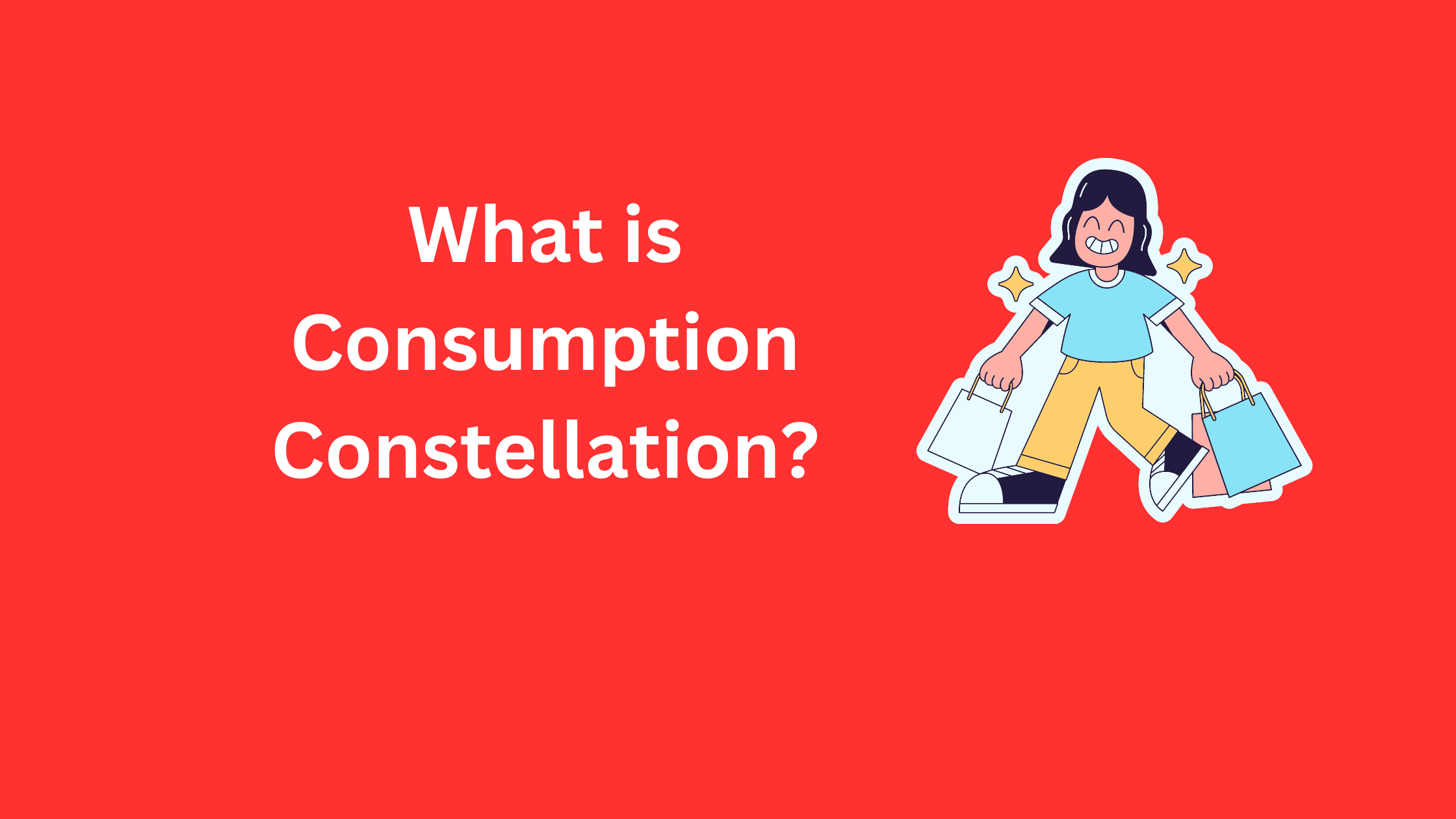
While I was working in real estate, one day, after I reached home, my wife Priya asked me if I had seen those new ads on the road about the new department store opening in our area.
I replied, ‘No, I only watched the ads for a new real estate project launch.’
Promptly, she responded, ‘You only see real estate ads. Nothing else seems to grab your attention,’ and she complained.
This situation led me to ponder the contrast between marketers and customers in their thinking patterns.
Marketers tend to be vertical thinkers, focusing primarily on their respective categories. They often overlook the fact that customers are horizontal thinkers, who merge multiple categories in their considerations.
For example, when purchasing a car, individuals extensively contemplate how it fits into their overall lifestyle, which might encompass their home as well.
This phenomenon is commonly referred to as a consumption constellation.
Let’s delve into this concept more deeply:
A ‘consumption constellation‘ describes the intricate and multifaceted manner in which people perceive and make purchasing decisions across various product categories.
Imagine a night sky filled with stars, each one representing a different product or service. Just as stars form constellations that create a bigger picture in the sky, people’s purchasing decisions connect various products to form their own unique ‘constellations’ of consumption.
Just as a constellation is more than individual stars, a person’s consumption constellation involves considering how different products fit together in their lifestyle, forming a cohesive and interconnected whole.
In a nutshell, we do not just buy furniture; we buy a lifestyle that fits into our overall home.
How consumption constellation drives brand collaborations
In the world of luxury goods, the concept of a consumption constellation often drives collaboration between premium brands in different categories to tap into the holistic lifestyle choices of their consumers.
An illustrative example of this concept comes from the partnership between Louis Vuitton and Singapore Airlines.
The collaboration involved customizing the travel experience for Singapore Airlines’ premium passengers. Exclusive amenity kits designed by
Louis Vuitton were introduced for First Class and Suites passengers.
These kits incorporated the essence of both brands, encapsulating luxury fashion and travel essentials. The partnership also extended to limited-edition co-branded items, such as luggage tags, that travelers could acquire as cherished mementos.
The collaboration resonated with consumers who value luxurious experiences that transcend traditional boundaries.
Travelers who appreciated the opulence of Louis Vuitton products found a parallel in Singapore Airlines’ dedication to providing top-tier services. This cross-promotion emphasized that a luxury lifestyle is a constellation of refined choices that extend into various aspects of life, including travel.
The key takeaway is that by combining the realms of fashion and travel, the collaboration provided a cohesive experience for consumers. It reinforced the idea that luxury extends to every facet of their lifestyle.
In my opinion, a brand doesn’t operate in a vacuum; it is a part of customers’ entire life experience.
If we understand the context behind the usage of the brand, we can create better experiences through brand collaborations.
Here’s a challenge for you – can you create a hypothetical brand collaboration based on the consumption constellation idea? You could even do it with your brand if the concept aligns with it.
The best hypothesis will stand to win my second book – Growth Nuggets.




